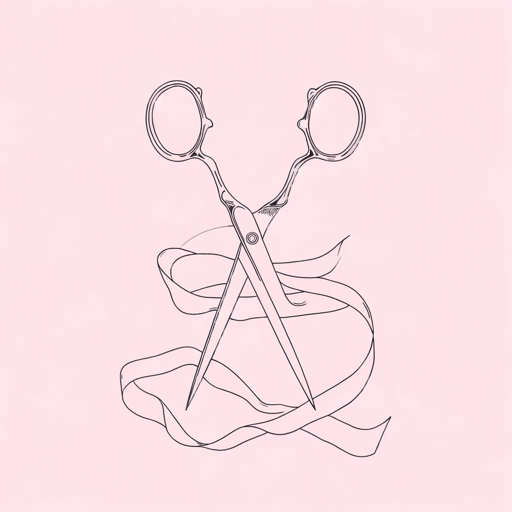61 pages • 2 hours read
Kalynn BayronCinderella is Dead
Fiction | Novel | YA | Published in 2020A modern alternative to SparkNotes and CliffsNotes, SuperSummary offers high-quality Study Guides with detailed chapter summaries and analysis of major themes, characters, and more.
Background
Literary Context: Fairy Tale Retellings
Many fairy tales that are still popular today originated as oral stories, and some were passed down for centuries before being written down. During the 19th century in Europe and elsewhere, folklorists such as the Brothers Grimm traveled around, gathering the stories of different “folk” and writing them down. Although many folk tales were traditionally told by women, these collectors were typically men, and sometimes they omitted or edited stories to suit their own tastes. “Cinderella” is one of these stories included in the Grimms’ collection, although other earlier, published versions also exist, such as Charles Perrault’s version. These literary fairy tales are in themselves retellings, having adapted their material from oral folk tales. However, since then, fairy tales have continued to be adapted and retold in literature, film, and other media.
Today, the version of “Cinderella” that is likely the most familiar to readers is the Disney adaptation (1950). As such, Cinderella Is Dead references this film, as well as various textual versions of the story. Although the Disney version departs from textual versions, it still contains the “happy ending” of Cinderella’s marriage to Prince Charming, as well as an “evil” stepmother and stepsisters. In most incarnations of the Cinderella story, patriarchal ideals prevail because the ultimate adventure and liberation for women are suggested to be marriage.
Featured Collections
Books on Justice & Injustice
View Collection
Books that Feature the Theme of...
View Collection
BookTok Books
View Collection
Diverse Voices (High School)
View Collection
Good & Evil
View Collection
LGBTQ Literature
View Collection
Popular Study Guides
View Collection
Pride Month Reads
View Collection
Romance
View Collection
Truth & Lies
View Collection


